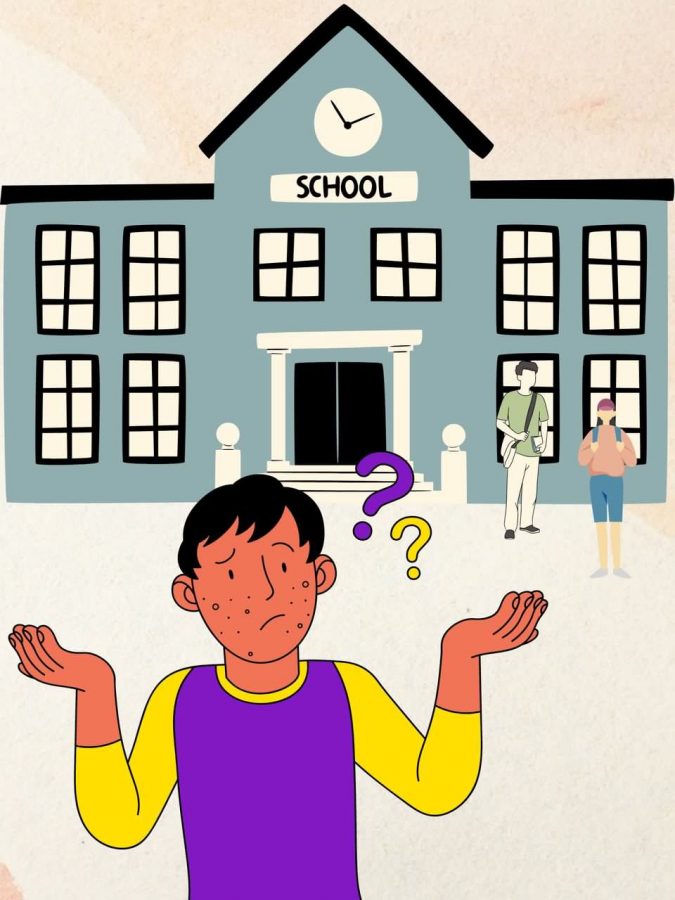Dynamics of communicating in a digital world
Students gather around cafeteria tables in silence, staring down at the glowing screens of their cell phones. Back and forth they carry a conversation through text, even though they are in the same room.
This common sight is a growing trend that can be seen in coffee shops, shopping centers and public places across America.
In 2011, Americans aged 18 to 24 sent or received around 50 text messages per day. As a general population, the general number of phone calls per day is 12, according to the Pew Research Internet Project.
With such a large number of text messages being sent in lieu of phone calls, has the text message ruined the art of communication or enhanced it?
On one hand, you can argue that communicating via text has ruined the face-to-face communication skills necessary for professional and personal relations.
On the other hand, you can argue that texting has improved communication by giving people the confidence and accessibility they might not have in person or over the phone.
While texting can help with confidence and accessibility, you lose the importance of non-verbal cues and emotions that you get with face-to-face communication.
Teens and adults say that with face-to-face communication “you can’t control what you are going to say, and you don’t know how long it’s going to take or where it could go,” said Massachusetts Institute of Technology psychologist Sherry Turkle in an interview with National Public Radio.
With texting, phrases such as “I’m sorry” or “I love you” become empty words on a screen.
You do not get the eye connection and you do not get to see or hear the emotion someone puts into those words.
By not engaging in face-to-face communication, we are no longer teaching ourselves the “skills of negotiation, of reading each other’s emotion, of having to face the complexity of confrontation and dealing with complex emotion,” said Turkle.
Without these face-to-face connections, the non-verbal gets lost and words can be misinterpreted, creating conflict or misunderstanding.
It is believed that communication is 93 percent non-verbal, according to a study by Albert Mehrabian, professor of social psychology at the University of California in Los Angeles.
Mehrabian said that our conversations are 7 percent words, 38 percent vocal elements (emotion and tone) and 53 percent non-verbal (facial expression body language).
With non-verbal playing such a large role in communication, it is important to learn how to read, understand and interpret these traits.
By communicating through text messages, children and adults are losing out on opportunities to engage and learn from face-to-face communication.






